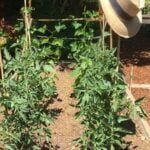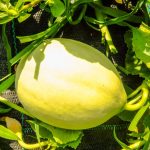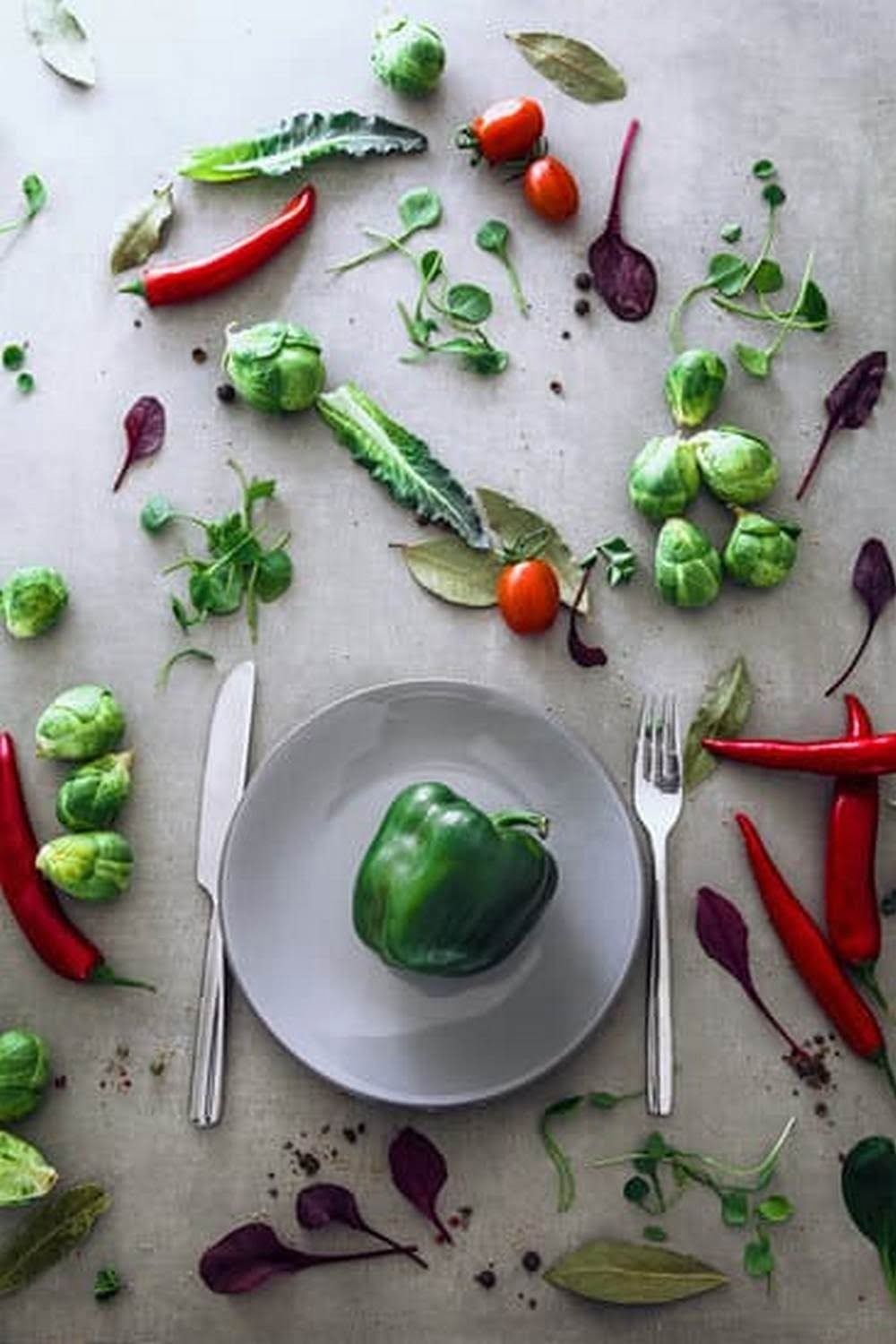Are you looking to start your very own vegetable garden but don’t have the space or ideal soil conditions? Look no further than the innovative and efficient method of sub irrigated planters. In this article, we will explore the world of vegetable gardening with sub irrigated planters and how you can create a thriving garden in even the most challenging environments.
Sub irrigated planters, also known as self-watering planters, offer a unique approach to growing vegetables that can be particularly beneficial for those with limited space or poor soil quality. By providing a consistent and controlled water supply to the plants’ root systems, these planters can result in healthier and more productive vegetable gardens.
Whether you are an urban gardener with a small balcony or someone dealing with rocky or compacted soil, sub irrigated planters can be the solution to your gardening needs.
In this comprehensive guide, we will cover everything you need to know about sub irrigated planters for vegetable gardening. From the advantages of using these planters, to choosing the right location for your planter, building your own planter from scratch, selecting the best vegetables for this method, and maintenance tips for a successful garden – we’ve got you covered.
So, if you’re ready to take your vegetable gardening to the next level, read on to learn all about sub irrigated planters.
Benefits of Sub Irrigated Planters for Vegetable Gardening
Sub-irrigated planters offer numerous benefits for vegetable gardening, making them an ideal choice for those looking to grow their own produce. These innovative planters provide a self-watering system that ensures plants receive the right amount of hydration, leading to healthier and more resilient crops.
Water Efficiency
One of the primary advantages of sub-irrigated planters for vegetable gardening is their water efficiency. These planters utilize a reservoir system that allows plants to draw water as needed, reducing the risk of over or under-watering. This not only conserves water but also promotes better growth and yields for vegetables.
Improved Plant Health
The sub-irrigation method employed by these planters leads to improved overall plant health. By providing consistent moisture to the roots, plants are less susceptible to stress from dry or waterlogged soil. This can result in stronger, more vibrant vegetables with higher nutritional content.
Versatility and Space Saving
Another benefit of using sub-irrigated planters for vegetable gardening is their versatility and space-saving design. These planters can be utilized in various settings, including balconies, patios, or small yards where traditional gardening may not be feasible. Additionally, the self-contained nature of sub-irrigated planters allows for efficient use of space, making them an ideal choice for urban gardeners or those with limited outdoor areas.
Overall, the benefits of using sub-irrigated planters for vegetable gardening are substantial. From improved water efficiency and plant health to versatility and space-saving design, these innovative planters offer a practical solution for growing your own vegetables at home.
Choosing the Right Location for Your Sub Irrigated Planter
When it comes to setting up your sub irrigated planter for vegetable gardening, choosing the right location is crucial for the success of your plants. Here are some important factors to consider when selecting a spot for your planter:
1. Sunlight: Ensure that your sub irrigated planter receives an adequate amount of sunlight. Most vegetables require at least 6-8 hours of direct sunlight each day. Check the area throughout the day to make sure it gets enough sun exposure.
2. Access to Water: Since sub irrigated planters depend on a reservoir of water at the bottom, it’s important to place them in an area where you can easily access water. Whether you plan to fill the reservoir with a hose or watering can, make sure the location allows for convenient watering.
3. Drainage: While sub irrigated planters are designed to prevent over-watering, it’s still important to consider drainage. Avoid placing your planter in low-lying areas or spots where water tends to accumulate, as this may lead to waterlogging and root rot.
4. Space: Consider the space requirements for your chosen vegetables and ensure that there is enough room around the planter for proper air circulation and growth.
By carefully considering these factors, you can select an ideal location for your sub irrigated planter that will promote healthy and vibrant vegetable growth.
Remember that different vegetables have different requirements when it comes to sunlight and spacing, so be sure to research each plant’s needs before deciding on a final location for your sub irrigated planter. Following these guidelines will help ensure a successful and thriving vegetable garden using a sub irrigated planter system.
Step-by-Step Guide to Building Your Own Sub Irrigated Planter
Building your own sub irrigated planter for vegetable gardening can be a rewarding and cost-effective way to grow your favorite produce. By creating a self-watering system, you can ensure that your plants receive the consistent moisture they need for healthy growth. Here’s a step-by-step guide to help you build your own sub irrigated planter.
First, gather the materials needed for the project, including a large plastic storage container with lid, PVC pipe or tubing, landscape fabric, potting mix, and the vegetables you want to grow. The size of the container will depend on how many plants you want to grow and the space available for your garden.
Next, drill several evenly spaced holes in the bottom of the plastic container to allow water to pass through the soil. These holes will also act as drainage to prevent waterlogging. Then, cut a piece of PVC pipe or tubing long enough to reach from the bottom of the container to just above the soil line when inserted through an opening in the lid.
After that, place a layer of landscape fabric over the bottom of the container to prevent soil from clogging up the drainage holes. Fill one-third of the container with moistened potting mix and insert one end of the PVC pipe into this section.
Finally, add another layer of landscape fabric over this layer before filling up the rest of the container with more potting mix. Once filled, insert the opposite end of PVC pipe through an opening in the lid, leaving about an inch exposed for watering.
By following these steps, you can create your own sub irrigated planter for vegetable gardening and enjoy abundant and healthy produce throughout the growing season. With proper care and maintenance, this self-watering system can provide an efficient and convenient way to grow vegetables at home.
Best Vegetables to Grow in Sub Irrigated Planters
When it comes to choosing which vegetables to grow in your sub irrigated planter, there are several factors to consider. Some vegetables thrive in the self-watering environment provided by sub irrigated planters, while others may not do as well. Understanding which vegetables are best suited for these types of planters can help ensure a successful and bountiful harvest.
Leafy Greens
Leafy greens such as lettuce, spinach, kale, and Swiss chard are excellent choices for sub irrigated planters. These vegetables have shallow root systems and enjoy consistently moist soil, making them ideal for this type of gardening method. Plus, with a sub irrigated planter, you can easily control the moisture levels to ensure that these leafy greens thrive.
Tomatoes
Tomatoes are another great option for sub irrigated planters. These popular garden vegetables benefit from the consistent moisture provided by self-watering systems, and with the proper support system in place, they can grow quite successfully in a sub irrigated planter. Just be sure to choose determinate varieties or provide adequate support for indeterminate varieties.
Herbs
Herbs such as basil, cilantro, parsley, and mint also do well in sub irrigated planters. These compact plants are well-suited to the limited space offered by planters and can benefit from the controlled watering system that sub irrigated planters provide. With the right care and attention, you can enjoy a plentiful harvest of fresh herbs right outside your door.
By choosing the right vegetables for your sub irrigated planter, you can create a flourishing vegetable garden that yields an abundant crop throughout the growing season. Whether you opt for leafy greens, tomatoes, herbs, or other suitable vegetables, your sub irrigated planter can provide a convenient and efficient way to grow your own food at home.
Maintenance Tips for a Successful Vegetable Garden With Sub Irrigated Planters
Once you have set up your sub irrigated planter for vegetable gardening, it is important to establish a maintenance routine to ensure the success of your garden. One key tip for maintaining a healthy vegetable garden with sub irrigated planters is to regularly check the water level in the reservoir. This will prevent your plants from drying out and ensure they receive an adequate water supply.
In addition, it is essential to monitor the condition of your soil regularly. Over time, the soil in your sub irrigated planter may become compacted, affecting water distribution and root growth. Regularly aerating the soil or adding fresh compost can help maintain proper soil structure and deliver essential nutrients to your growing vegetables.
Furthermore, keep an eye on the overall health of your plants. Inspect them for any signs of disease, pest infestations, or nutrient deficiencies. Addressing these issues promptly will help maintain a thriving vegetable garden in your sub irrigated planter.
It is also important to make seasonal adjustments to your maintenance routine. As the weather changes, so do the needs of your plants. For example, during hot summer months, you may need to increase watering frequency, while in cooler seasons, you may need to adjust fertilizer applications. Adapting your maintenance routine accordingly will contribute to the long-term success of your vegetable gardening using sub irrigated planters.
| Maintenance Tips | Details |
|---|---|
| Check Water Reservoir | Regularly monitor and refill as needed |
| Soil Maintenance | Aerate soil and add compost as necessary |
| Plant Health Check | Inspect for diseases, pests, and nutrient deficiencies |
Troubleshooting Common Issues With Sub Irrigated Planters
In conclusion, sub irrigated planters are a fantastic option for vegetable gardening, offering numerous benefits and the potential for a successful and bountiful garden. The ability to control moisture levels and provide consistent water supply to plants makes sub irrigated planters an attractive choice for both beginner and experienced gardeners. By following the step-by-step guide provided in this article, individuals can easily build their own sub irrigated planter and enjoy the rewards of growing their favorite vegetables.
However, as with any gardening method, there may be some common issues that arise when using sub irrigated planters. It is important to be prepared for these challenges and know how to troubleshoot them effectively. From dealing with overwatering or underwatering to ensuring proper drainage and avoiding root rot, being aware of potential problems can help gardeners maintain a successful vegetable garden with sub irrigated planters.
Despite these potential challenges, the benefits of using sub irrigated planters for vegetable gardening far outweigh the drawbacks. With proper maintenance and care, individuals can enjoy a thriving garden filled with fresh and delicious produce. By choosing the right location, selecting suitable vegetables, and following maintenance tips, anyone can have a successful vegetable garden with a sub irrigated planter. So don’t hesitate to give it a try and start reaping the rewards of this innovative gardening method.
Frequently Asked Questions
What Is the SIP Method in Gardening?
The SIP method, or sub-irrigated planter method, in gardening involves creating a self-watering system for plants. This method allows for more efficient use of water and can help prevent over or under watering.
How Do I Plan My Vegetable Garden Layout?
Planning a vegetable garden layout involves considering factors such as the size and shape of the garden area, sunlight exposure, and the types of vegetables you want to grow. It’s important to space out the plants properly to ensure they have enough room to grow and receive adequate sunlight.
What Is the Best Soil for Sub Irrigated Planters?
The best soil for sub irrigated planters is a well-draining mix that retains moisture while still allowing for proper aeration. A good mix may include components like peat moss, perlite, and compost to create an optimal growing environment for your plants.

If you’re looking to get into vegetable gardening, or are just looking for some tips on how to make your current garden better, then you’ve come to the right place! My name is Ethel and I have been gardening for years. In this blog, I’m going to share with you some of my best tips on how to create a successful vegetable garden.





